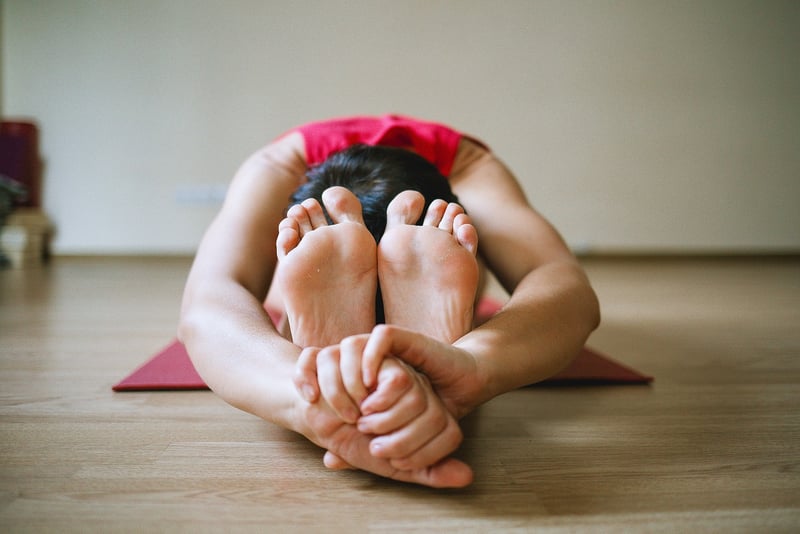Pilates Alignment
The Balance Between Calm and Active Practices in Pilates Alignment
Pilates is a form of exercise that focuses on strength, flexibility, and overall body awareness. It incorporates a variety of movements and exercises that help improve posture, alignment, and core strength. In Pilates, there is a delicate balance between calm, controlled movements and active, dynamic exercises that work together to promote overall well-being.
The Calm Side of Pilates
One of the key principles of Pilates is mindfulness. Calm practices in Pilates often involve slow, controlled movements that require focus and concentration. These practices help individuals connect with their bodies, improve body awareness, and promote relaxation. Breathing techniques are also an essential part of the calm side of Pilates, helping practitioners maintain a sense of calm and focus throughout their practice.
Benefits of Calm Practices:
- Improved mindfulness and body awareness
- Enhanced relaxation and stress relief
- Increased flexibility and joint mobility
- Better posture and alignment

The Active Side of Pilates
While calm practices are essential in Pilates, the method also incorporates active and dynamic exercises that challenge strength, endurance, and coordination. Active practices involve movements that require more effort and energy, such as leg lifts, planks, and Pilates push-ups. These exercises help build muscular strength, improve stability, and boost overall fitness levels.
Benefits of Active Practices:
- Increased muscular strength and endurance
- Enhanced core stability and balance
- Improved cardiovascular fitness
- Calorie burning and weight management

The Importance of Alignment in Pilates
Regardless of whether the practice is calm or active, proper alignment is crucial in Pilates. Alignment refers to the correct positioning of the body during exercises to ensure optimal muscle engagement and prevent injury. Pilates exercises are designed to promote alignment by emphasizing core stability, proper posture, and balanced muscle development.
By focusing on alignment, practitioners can improve their overall movement patterns, reduce the risk of imbalances or injuries, and enhance the effectiveness of their workouts. Paying attention to alignment in both calm and active practices helps individuals achieve optimal results and maximize the benefits of Pilates training.

Whether you prefer the calm, mindful side of Pilates or enjoy the challenge of active, dynamic exercises, finding the right balance between the two is key to a well-rounded Pilates practice. By incorporating both calm and active practices while focusing on proper alignment, you can experience the full range of benefits that Pilates has to offer for your physical and mental well-being.
